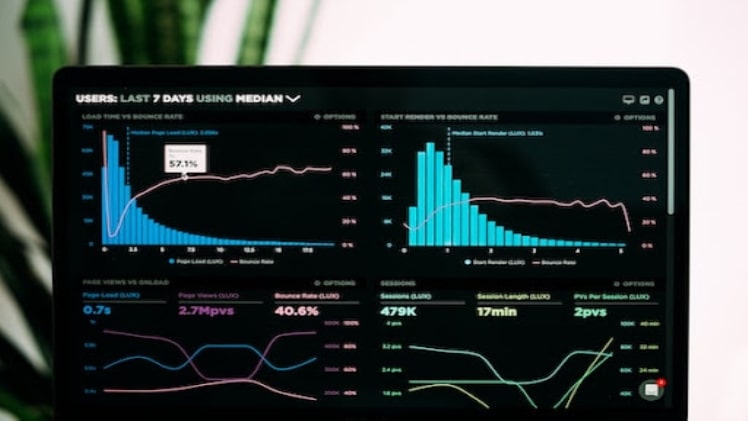Data fabric is a new approach to data architecture that is gaining popularity in the modern world. This approach allows for a more flexible and scalable way to manage data, as well as providing a way to connect disparate data sources. Keep reading to learn more about Data fabric and how it can benefit your organization.
What is data fabric?
Data Fabric is a term for modern data architecture. It refers to the use of a distributed system to store and process data across multiple servers, eliminating the need for a centralized data hub. This allows businesses to scale their operations more easily and respond quickly to changing needs. It can be implemented in several ways. One common approach is to use a Distributed File System (DFS), which spreads data across multiple servers and provides transparent access from any location. Alternatively, businesses may choose to use a NoSQL database, which stores data in JSON format and can be accessed from any device. The fabric is designed to handle large-scale data processing and analytics, making it well-suited for big data applications. And it’s also fault tolerant and scalable, so it can handle the high throughput and volume requirements of big data environments. Additionally, the fabric is self-healing, meaning that it can automatically recover from failures without affecting ongoing operations. This makes the fabric a reliable choice for mission-critical applications. To learn more about it, you can refer to
O’Reilly eBook: Data Fabric as Modern Data Architecture. When you download the eBook, you can learn how to get started on a successful data fabric implementation.
What are the advantages of data fabric?
The main advantage of data fabric is its ability to scale. The fabric can be easily expanded by adding more servers as needed. This makes it well suited for big data applications, which often require large amounts of storage and processing power. Another advantage of data fabric is its flexibility. It can be configured to meet the specific needs of the application. For example, the fabric can be arranged into clusters or domains to optimize performance or security. Data fabric also provides high availability and fault tolerance. If one server fails, the fabric will automatically redistribute the workload among the remaining servers. This ensures that the application remains up and running even if individual servers fail. It also makes it easier to respond quickly to changes in demand, since all the data is stored in one place. Finally, it provides greater flexibility for storing and processing data, making it easier to adapt to changing business requirements.
What are the key components of data fabric?

The key components of data fabric are a centralized controller that manages the overall system and provides a single point of access to all data. It also has data services that provide APIs for managing and manipulating data. These services can be deployed on any number of nodes in the system, allowing for scaling as needed. Data fabric should also have global namespace that provides a uniform view of all data regardless of its location. This makes it easy to locate and move data around the system without having to worry about where it is physically stored. It will also need integration with existing storage systems so that data can be accessed from existing applications and infrastructure.
Overall, data fabric is seen as a key component of modern data architecture, providing a way to manage disparate data sources and ensure that data is available when and where it is needed. By integrating data fabric into your organization’s data management strategy, you can improve data access, performance, and agility while also reducing complexity and costs.





